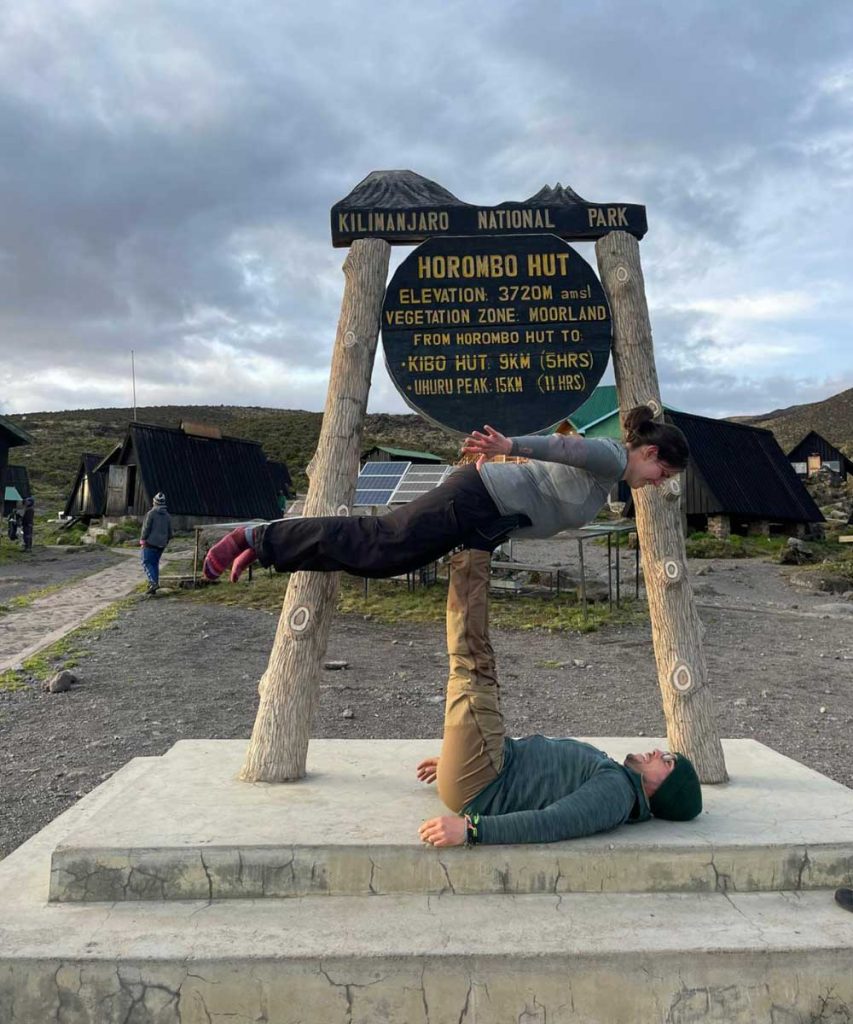Training For Mount Kilimanjaro Climb
Mount Kilimanjaro is not only the highest point in Africa – it is the highest free-standing mountain in the world!
Any climber who attempts to climb Mount Kilimanjaro should prepare mentally and physically with an exercise regime and an understanding of altitude.
Every year an estimated 35,000 or more climbers take on the challenge of climbing Mount Kilimanjaro.
Unfortunately, statistics show a failure rate of anywhere from 30%, to even as high as 50% of all climbers. Meaning anywhere from a third to a half of all climbers turn back.
While Kilimanjaro is a ‘walkable mountain’ – meaning there is no need for specialized equipment to reach the top – it does not mean that it is an easy climb.
Hikers should be physically fit, but at 19,340 feet (5,895 m), simply being in top physical shape may not be enough. Training for Kilimanjaro is essential for a safe and successful summit.
How to Prepare for High Altitude?
Climbing a mountain is not merely about one’s cardiovascular endurance. Lower saturation of oxygen experienced at higher altitudes has a physical effect on all bodies; even the most athletic.
While cardio exercises certainly help prepare the body for the physical activity every hiker will engage in during the climb, aerobic exercise alone cannot fully prepare for the conditions at 19,000 feet/5790 meters.
Oxygen at Various Altitudes
Review the chart below, provided by hypoxico.com that helps explain the oxygen saturation levels at various altitudes:
| Altitude (feet) | Altitude (meters) | Effective Oxygen Percentage | Similar Location |
|---|---|---|---|
| Sea Level | Sea Level | 20.90% | New York, USA |
| 2000 | 609 | 19.40% | |
| 3000 | 914 | 18.60% | Chamonix, France |
| 4000 | 1219 | 17.90% | Salt Lake City, USA |
Mount Kilimanjaro is at an altitude of 19,341 feet/5,895 meters, meaning that every breath accumulates less than half the amount of oxygen that one breathes at sea level.
Now, those who already reside at higher altitudes are at an advantage. Their bodies have adapted over time to the less saturated oxygen. However, that ‘advantage’ is not necessarily everything – because no one lives at the high altitude of the peak of Mount Kilimanjaro. No matter what your normal altitude level, there will be some amount of acclimatization for all hikers.
It is imperative to allow for adequate acclimatization to a successful climb; meaning, don’t try to run up the mountain. Schedule your climb with adequate days to ensure your body is appropriately (and safely!) adjusting to the increased altitude.
Prepare for the altitude of Mount Kilimanjaro by training on a regular basis for at least 8 weeks before beginning your climb. Physical exercise is important, and a routine should be at least 4 times a week and include aerobic exercises, strength training, and hiking. Also, consider the use of altitude simulators to give you even more of an advantage and help you reach Kilimanjaro’s Uhuru Peak.
Aerobic Training for Mount Kilimanjaro
Every climber should engage in regular aerobic training to prepare for Kilimanjaro. Cardiovascular exercise or simply, ‘cardio’, can exercise such as running, jogging, cycling, and even aerobic dance classes. Cardio is an effective method of training for climbing Kilimanjaro because it increases heart rate and breathing.
Cardio is not the only exercise to focus on, but it is an important one to get your body in good physical condition. Try to regularly participate in aerobic exercises that simultaneously develop leg muscles to get your legs toned for climbing Mount Kilimanjaro. Training by cycling or trail running is a great option.





